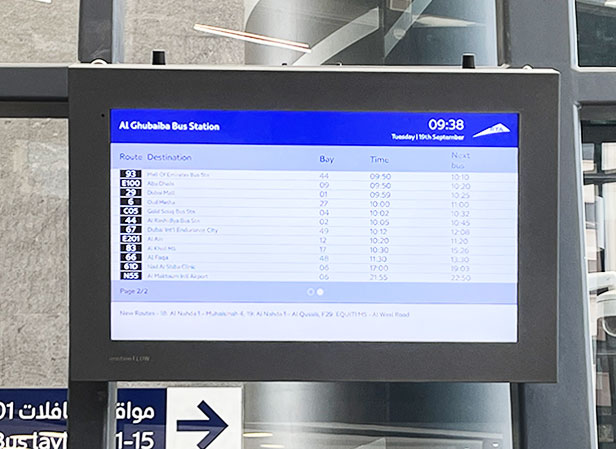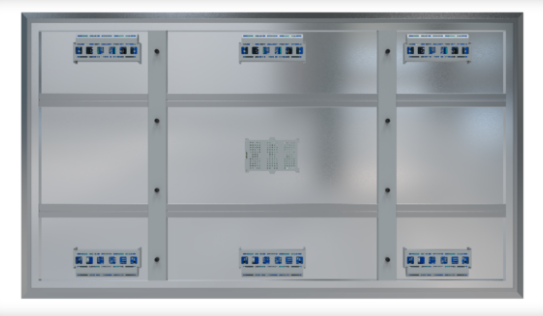Is the production cost of sunlight readable display high?
Why are display leggibili alla luce del sole expensive? Disassembling the hard-core logic behind the high price
Friends of European dealers, if you are frowning at the quotation sheet of display leggibili alla luce del sole in the warehouse, and muttering to yourself “Why is the cost of this thing so high”, don’t rush to worry – expensiveness is never accidental. Today we will unveil the technical bottom card and break down the production cost.

Rising Star display leggibile alla luce del sole
Argument 1: The essence of fighting sunlight is a material arms race
Do you think that anti-glare for display screens is as simple as applying a film? The material stacking of a screen that can truly not reflect light under the scorching sun of the Mediterranean is comparable to military-grade. A German laboratory has conducted a destructive test: the light transmittance of soda-lime glass used in ordinary displays is 76%, while the high borosilicate glass we use directly soars to 92%, and the material cost of this item alone has tripled.

Argument 2: Production technology is a precise surgery to tame light
A professor at the Polytechnic University of Milan said: “The assembly line of sunlight readable displays is a double purgatory of optics and electronics.” Here are two details: To ensure that the color is not distorted under strong light, each pixel must be individually calibrated for brightness compensation, and a production line can fine-tune up to 80 panels a day; and to prevent component aging in high-temperature environments, we even modified aerospace-grade heat dissipation silicone grease and implanted it into the module.

Conclusion: High prices are not out-of-control costs, but a technological moat
Last year, the purchase order of the Norwegian Polar Day Expedition Team explained everything – when competitors were collectively “blind” under the strong light at noon, our screens still maintained a brightness of 2,000 nits at minus 30 degrees. This is not magic, but the hard power of materials and processes that cost an extra 37 euros per unit.
Next time you visit a customer, bring a laser pointer and shine it on the prototype: “See this rainbow halo? Only low-quality coatings reflect like this. Every extra euro you pay is for this absolute purity with zero reflection.” In the European market, the sense of technological awe itself is the premium trump card







